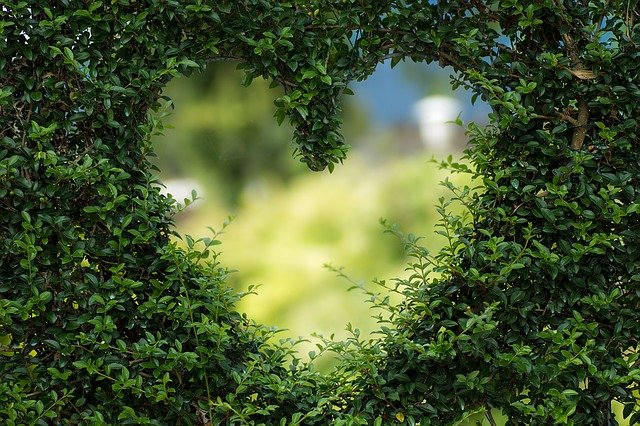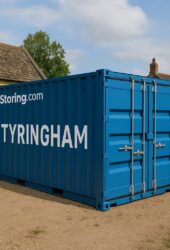Looking to get your garden cleaner and clearer? This guide on how to declutter your garden will help you get your outdoor space organised in no time.
Decluttering is something that we tend to think about in relation to our indoor space. However, it can be applied to any space in your life including the cheap self storage unit you rent, the garage, your home office or even the car. It can also be applied to areas of your life that don’t have objects but require decluttering, like your diary.
Today we are shining the spotlight on the garden and decluttering it. It is often overlooked when it comes to clutter and yet, it can accumulate plenty of it. The result is an outdoor space that looks messy, is less functional than it could be, and that is just not living up to its aesthetic potential.
First Things First… Why Do Gardens Get Cluttered?
Despite us all appreciating our outdoor spaces more since the pandemic, it can still be a neglected space for many of us. During the bad weather we may simply not want to be out there clearing up or gardening. During good weather we might be using it for barbecues and other fun.
All year long we are then filling the space with new toys, accessories and ornaments. Plants can be getting overgrown, new planting projects can take over and the tools we use regularly may become disorganised. Some areas of the garden can also become a bit like the spare room of the garden – a place we simply put everything we don’t want to deal with right away.
How To Declutter Your Garden
The best thing to do is choose a day when the weather is dry and there isn’t much wind. This will make the task much easier, especially when dealing with things like dried leaves.
It is then a good idea to declutter your garden in the following order:
- Remove all broken or dead items that are obviously destined for the bin or compost heap. This includes broken pots, old toys, piles of leaves and dead plants beyond saving.
- Approach any ‘built-up’ areas using gloves in case of sharp nails and edges, and check for hedgehogs or sheltering newts and snakes. If the area is safe to disturb, consider which items would be useful for you in the garden moving forward. Those items can be organised later. The rest should be binned, given away or sold.
- Do the same as step two with your shed, taking care to organise your belongings as you sort through and leaving no stone unturned.
- If there are tools that you do not use very often that take up a lot of space, consider placing them in cheap self storage which will keep them secure until you next need to use them. Cheap self storage is also great for winter furniture.
- The items you saved from your buildup areas and within the shed can now be reorganised and put away in storage boxes, on shelving and in any old tubs and bags. These items can be kept in a shed, garage, cheap self storage unit or in a garden tidy box.
- Once the garden is clear, you can then look at removing weeds, clearing up overgrown areas and trimming back plants.
- At this point it may become apparent that there is more to get rid of. Old vegetable garden plans, a plastic greenhouse for seed starts that is broken, plants that you didn’t realise were dead – they can all go.
By this point you should have a much clearer garden that is more attractive, functional and organised. You can always add more storage and clear more away, but the steps above are a great start that will get your garden in better shape.
ULTIMATE GUIDE TO DECLUTTERING
For more help and advice why not read our expert guide
READ OUR DECLUTTERING GUIDE NOW





